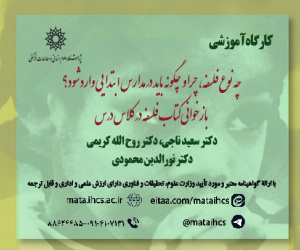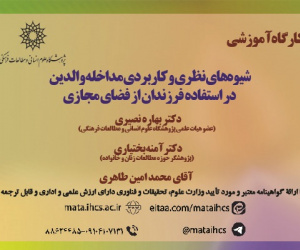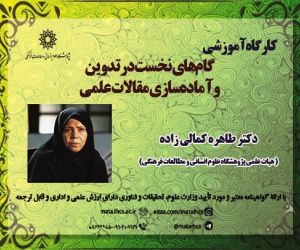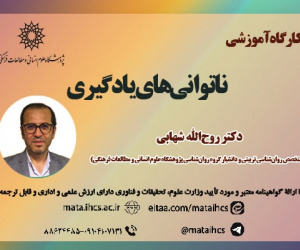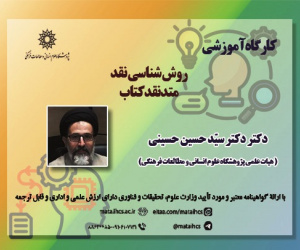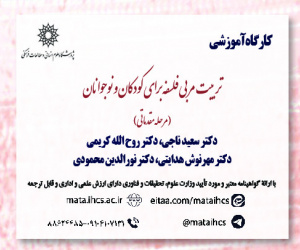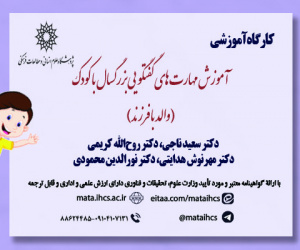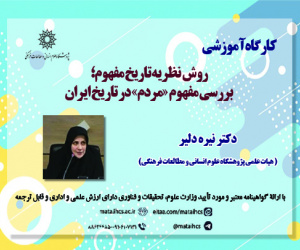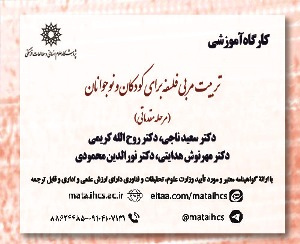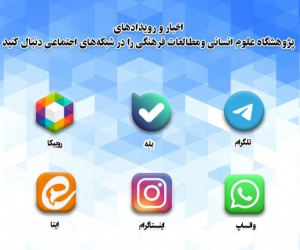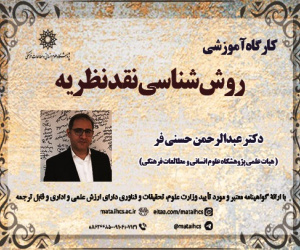چهارچوب گونه شناسی کارکردی معماری دست کند ایران بر پایه مدل میراث جهانی ایکوموس (مقاله علمی وزارت علوم)
درجه علمی: نشریه علمی (وزارت علوم)
آرشیو
چکیده
فقدان گونه شناسی جامع کاربری ها درزمینه میراث دست کند ضرورت انجام چنین تحقیقی را آشکار می سازد. در این راستا با تحلیل و بررسی های انجام شده این نتیجه حاصل شد که دسته بندی های موجود اغلب محدود و با ابهامات و سردرگمی های فراوان روبه رو هستند. هدف این تحقیق دستیابی به چهارچوبی برای گونه بندی کارکردی معماری دست کند در ایران است. روش تحقیق حاضر تحلیلی-مقایسه ای و پیمایشی است که براساس بررسی اسنادی و کتابخانه ای شامل اسناد مرتبط با میراث جهانی، دسته بندی های موجود میراث دست کند در ایران و جهان و همچنین مطالعات میدانی در ایران صورت گرفته است. یافته های تحقیق نشان می دهند که با توجه به گستردگی جغرافیایی و پیشینه غنی کشور، تنوع آثار دست کند ایران به لحاظ کارکردی تفاوت زیادی با کارکردهای آثار ساخته ندارد و می توان بخش عمده این کاربری ها را در دست کندها جست وجو نمود. همچنین با بررسی های انجام شده در تقسیم بندی های موجود لزوم تنظیم دسته بندی که کلیات آن بر پایه چهارچوب شناخته شده بین المللی و نیز با انواع دست کند در ایران مطابقت داشته باشد، محرز شد. ازاین روی به منظور یکپارچه سازی و استفاده از ادبیات مشترک جهانی، مدل دسته بندی میراث جهانی ایکوموس به عنوان پایه انتخاب شد. در ادامه برای پرهیز از پراکندگی و تداخل موضوعات در دسته بندی و درعین حال همه شمولی آن، مواردی که کلی و در تقسیم بندی های موجود هم جنس نبودند و هم پوشانی زیادی در بین انواع مختلف ایجاد می کردند، از مدل حذف شدند و نهایت با تبعیت از اصطلاحات و تقسیم بندی انجام شده جهانی و نمونه های شناسایی شده دست کند در ایران، چهارچوبی برای کاربری آثار دست کند حاصل شد.Developing a Typological Framework for Functional Troglodytic Architecture in Iran Based on the ICOMOS Classification Model
The absence of a comprehensive typology for troglodytic heritage highlights the need for this study. The analysis and investigation of existing categories reveals that they are often limited and prone to ambiguities and confusion. This study aims to develop a framework for the thematic classification of troglodytic architecture in Iran, addressing the importance of classifying troglodytic architecture and the methodology for establishing a framework for the original function of Iranian troglodytic architecture. The study methodology involves a survey analysis based on field studies in Iran, as well as documentary and library sources, including documents concerning world heritage and existing troglodytic categories in Iran and around the world. Given the significance and diversity of this architecture in the country and aiming to align with recognized global literature on this subject, the ICOMOS World Heritage classification model was selected as the foundation of the proposed framework. The findings of the study reveal that, given the vast geographical extent and rich history of the country, the diverse troglodytic works of Iran do not significantly differ from constructed works in terms of function. Most of these functions can also be observed in troglodytic works. Investigations conducted on the existing classifications demonstrated that it is necessary to set up a classification based on the internationally recognized frameworks consistent with the various types of man-made caves in Iran. Thus, the ICOMOS World Heritage Classification Model was selected as the basis of the framework in order to integrate and utilize the recognized global literature. To avoid the scattering and overlap of subjects and achieve coherence and inclusiveness within the categorization, specific and significantly overlapping cases were excluded from the model. Finally, a framework for the function of typological works was developed by following the global terminology and classifications and analyzing the identified typological examples in Iran.
